Captivating Nepal: Mesmerizing Black and White Images of the Land of Mountains (2023)
You might wonder why would someone want to do Nepal photography in black and white? Nepal is a world of color, patterns and a busy, chaotic world all wrapped up in an intense blend of daily life. But it is also an ancient world, of religion and spirituality, beautiful people and amazing street life. You can easily find inspiration in the many striking temples, monasteries, scenic landscapes and incredible wildlife – let’s not just get taken away with those majestic Himalaya range that the country is well known for. I took this journey of discovery to experience, observe and challenge myself to present Nepal’s unique culture, traditions and scenery by presenting Nepal photography captured in black and white.
My favorite Nepal photography images in black and white
Everyday life in Nepal is always a jumble amid a world of exotic culture and tradition, comfort food, impressive architecture and grand temples, while the crumbling infrastructure makes it a challenge for everyone struggling to scrape a living. It’s about living for today mixed in a changing environment that embraces the old world and religion beliefs juxtaposed with cell phones everywhere and selfies taken at every interesting monument. You definitely need patience and warm and friendly smiles to get into the essence of the people and the place around the country.
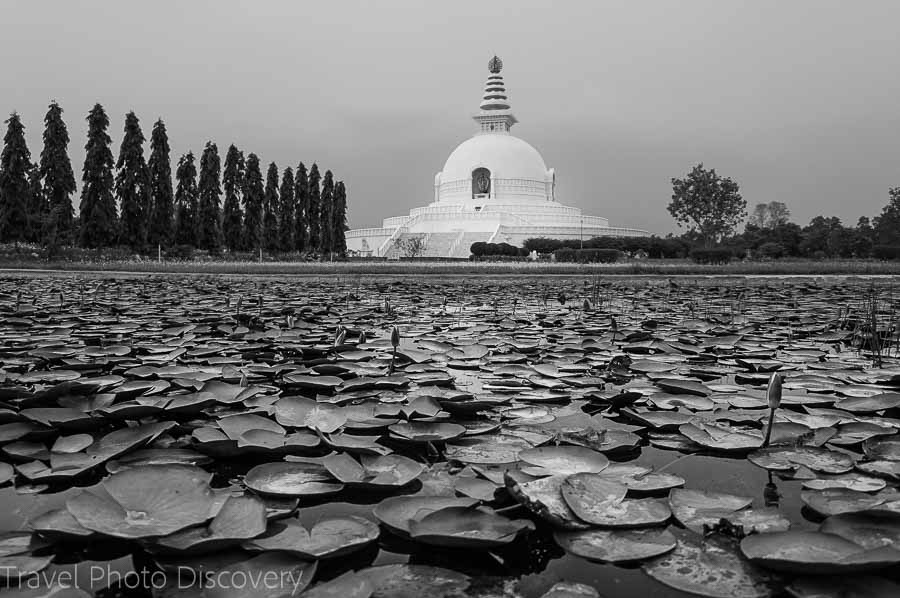
The monastery of peace in Lumbini – birthplace of the Buddha
Slow down and breath – Nepal unfolds in its own pace and is discovered best when you take in the country in a relaxed and comfortable pace. Observe all the details and nuances, frenetic lifestyle and impressive landscape that you will come across on your journey. I find that presenting black and white photographs capture a different vibe and feel, effectively presenting both New and the old in a timeless way but in a world in transition. It’s exciting and wonderful to discover.
Weather and best time to explore Nepal
Nepal, with its diverse topography and varied climate, offers different experiences throughout the year. The best time to explore Nepal depends on the activities you plan to engage in and the regions you wish to visit. Here’s a breakdown of Nepal’s seasons and the ideal times to visit:
Spring (March to May): Spring is one of the best times to visit Nepal. The weather is generally mild, with blooming flowers and clear skies. It’s a popular season for trekking, especially in the Everest and Annapurna regions. The temperatures gradually rise, offering comfortable conditions for outdoor activities. However, popular trekking routes can get crowded during this time.
Summer (June to August): Nepal’s summer season coincides with the monsoon period. The weather is hot and humid, with frequent rainfall. Trekking in the higher regions can be challenging due to muddy trails and limited mountain views. However, summer is a great time to visit Nepal if you want to explore the lush landscapes, go on cultural tours, or enjoy rafting and wildlife experiences.
Autumn (September to November): Autumn is considered the best time to visit Nepal. The weather is generally clear, with mild temperatures and breathtaking mountain views. The skies are usually blue, providing perfect conditions for trekking, mountaineering, and other outdoor activities. The popular trekking routes are bustling with adventurers from around the world during this season.
Winter (December to February): Winter in Nepal brings cold temperatures, especially in the higher regions. However, the lower elevations and cities like Kathmandu and Pokhara enjoy pleasant weather during the day. This season offers clear skies, making it a good time for cultural sightseeing, wildlife safaris, and lower altitude treks. It’s also a quieter time for tourists, so you can enjoy a more peaceful experience.
It’s important to note that the weather can vary within different regions of Nepal due to the diverse topography. Higher altitudes will generally be colder, and the Terai plains in the south will have warmer temperatures.
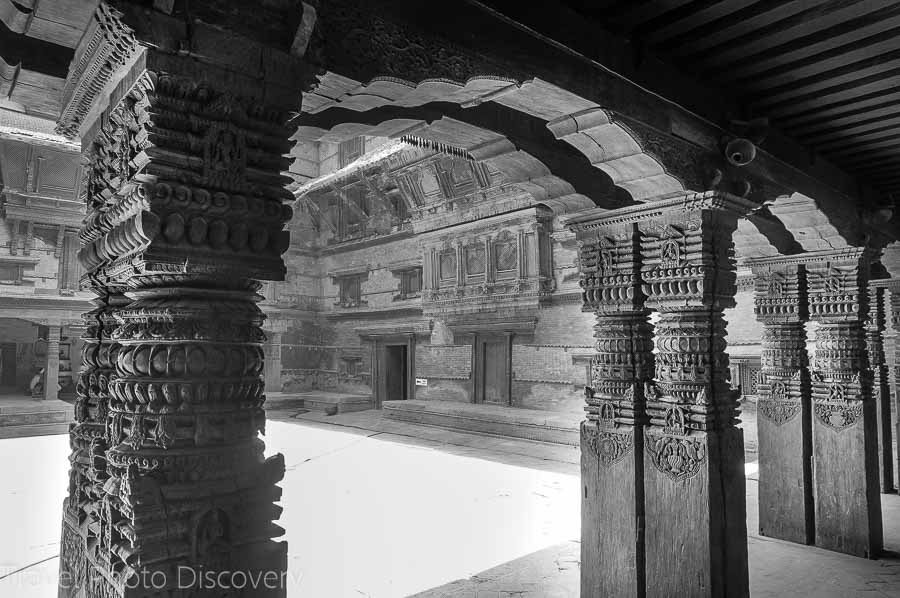
Durbar square royal palace at Katmandu – interior courtyard
Exploring Katmandu in black and white
The historic capital of Nepal in Katmandu is seeped in so much history, traditions and incredible monuments from its illustrious past from ornate places in the three Durbar Squares of the ancient capitals of Katmandu, to mysterious and exotic Hindu and Buddhist temples that are pilgrimage sites that believers come to visit and pay their respect. It is in these incredible places of worship and grand architecture that you will find the everyday situation even gossip immediately brings a sense of place and humanity to these stunning landmarks worth visiting around Katmandu.
Why Capture Nepal in Black and White imagery?
Capturing Nepal in black and white adds a unique dimension to its rich landscapes and culture. It strips away distractions, allowing the raw essence of this Himalayan nation to shine through in its purest form. From the majestic peaks to the intricate details of daily life, black and white photography in Nepal captures the soul of the land and its people. It’s a visual journey that transcends time and color, revealing the true spirit of Nepal.
Katmandu’s royal palace and grounds
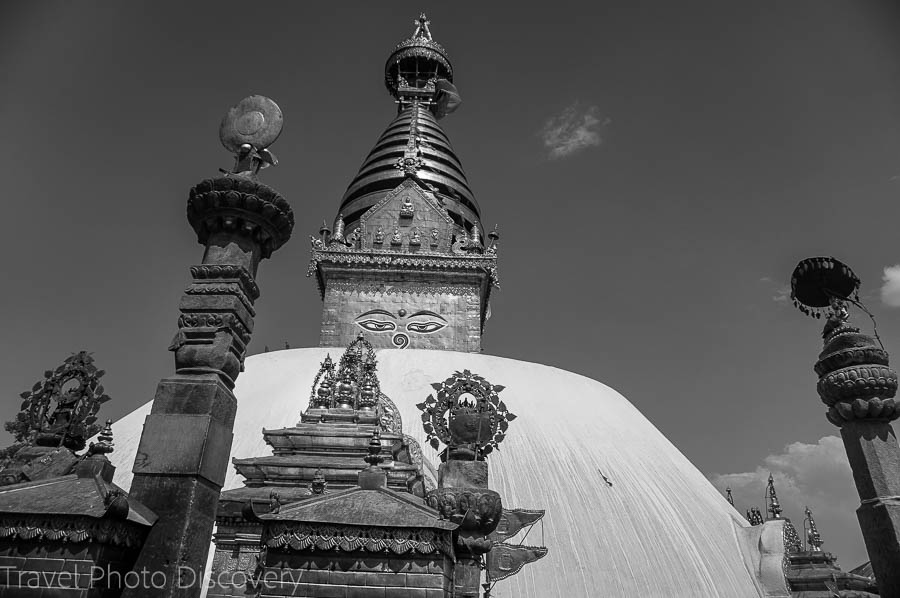
The monkey temple or Swayambhu in Katmandu
A place of worship at Pashupatinath Temple in Katmandu
ashupatinath Temple in Kathmandu, Nepal, is a sacred Hindu temple dedicated to Lord Shiva. It is one of the most important religious sites in Nepal and a UNESCO World Heritage Site. The temple complex is known for its stunning architecture, intricate carvings, and spiritual significance. It is also the site of cremation rituals along the Bagmati River, making it a place of both worship and reflection. Pashupatinath Temple is a must-visit for those interested in Hindu culture and spirituality.
One of the holiest hindu temples in Nepal, Pashupatinath Temple in Katmandu is a very important pilgrimage site with a complex of temples, monuments and burial activities that occur daily at the temple.
In between all these various processions and activities, the monkeys casually wander around looking for food scraps and anything they can get their hands on – they are fun to photograph ordinary things that mischievous monkeys will always do.
A saddhu at Pashupatinath Temple in Katmandu
Visiting this sacred site is filled with spirituality that is hard to describe and understand, but visually it is stunning amazing to wonder around the expansive complex. I would suggest that you do go with a guide and tour to gain a better understanding to this holy site and all the major rituals that happen here as part of their religion and lifestyle
Nepal photography in black and white – Chitwan National Park
In the southern part of the country, the national park of Chitwan is impressive and worth visiting when you come to Nepal and why you may ask? The national park hosts some of the most amazing wildlife and rare animals that you will find anywhere in the world and this includes rare rhinos, Bengal tigers and leopards, sloth bears and spotted deer, it’s all pretty spectacular. Photographing the countryside and wildlife seems pretty natural to do this in color so you can easily get the wildlife in focus and color. Doing this in black and white tends to be more challenging with landscape or animals that can be hidden into the jungle with imagery that can be relatively flat in presentation. But sometimes it does work with a little luck in lighting, sighting spectacular wildlife and getting your camera ready to capture those amazing moments.
I have written a post about this amazing safari experience in Chitwan National Park here, check out more images and inspiration from this discovery tour.
A safari experience at Chitwan National park
Beautiful landscapes at Chitwan National Park
Nepal photography in black and white – Buddha’s birthplace at Lumbini
Lumbini is an inspiring place to visit and photograph because this is where the Buddha was born and is a significant spiritual pilgrimage site and Unesco World Heritage Site. There are so many fascinating temples, monasteries and the holy site at Lumbini to explore – you can check out more images and inspiring attractions of Lumbini here for more about my experience visiting this Unesco site.
Lovely temples and monasteries of Lumbini
Nepal photography in black and white – Durbar Square & temples of Bhaktapur
One of three kingdoms around the Katmandu area, Bhaktapur is one of the most stunning and severely damaged areas of the major earthquake and destruction in Nepal. But what has survived and going through massive reconstruction of this incredible Unesco site is so amazing to witness and capture in photographs whether it is the incredible architecture and cultural treasures to the everyday living and street that occurs in this historic ancient capital. Here are some of my favorite captures visiting Bhaktapur in black and white.
Street life in Bhaktapur’s Durbar Square
Street life and Nepalese portraits
Nepalese people are really approachable and friendly – most don’t mind you taking a picture of them when you either ask or gesture with your camera and look them in the eye. I love to walk around busy streets with the possibility of capturing something spontaneous, unique and tells its own story. Here are some of my favorite street scenes and portraits from around Nepal and the urban environment.
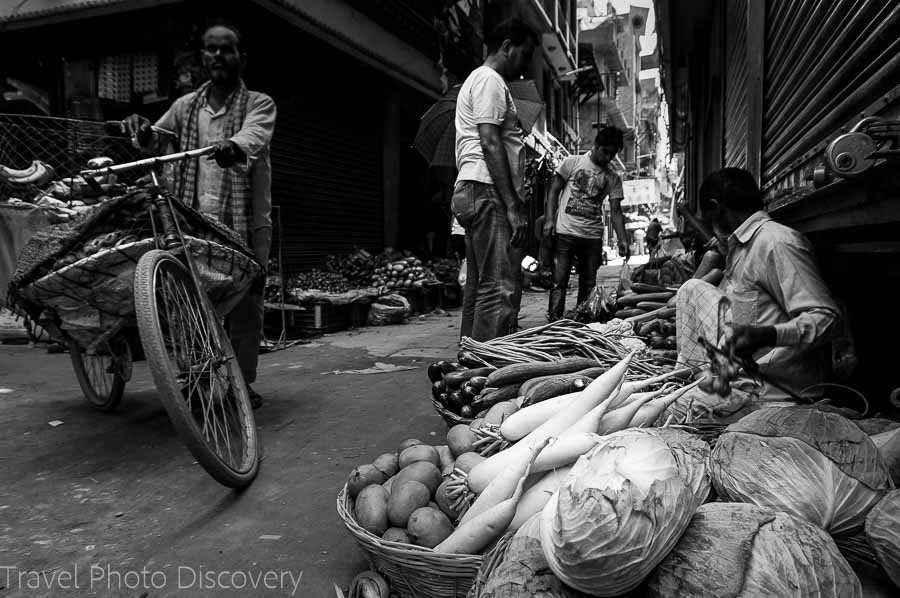
Market stand in the Thamel district of Katmandu
Market stalls in Thamel, Katmandu
Passing a small shrine in the Thamel district
Watching the funeral pyres at Pashupatinath Temple
Life and death is celebrated at Pashupatinath Temple
Nepal photography in black and white – Pokhara at the base of the Annapurnas
Pokhara is the main base where treks and tour companies can be found and this bustling city is very tourist driven with a tacky tourist area right on the lakeshore of the scenic Fewa lake. But if you can look beyond the hordes of souvenir shops and hotels and walk, bike or even paddle around the lake, you will find a delightful place that definitely is worth exploring even if your not the type of person to go out on a trek up to the Annapurnas. Here are a few of my favorite scenes and images while exploring Pohkara.
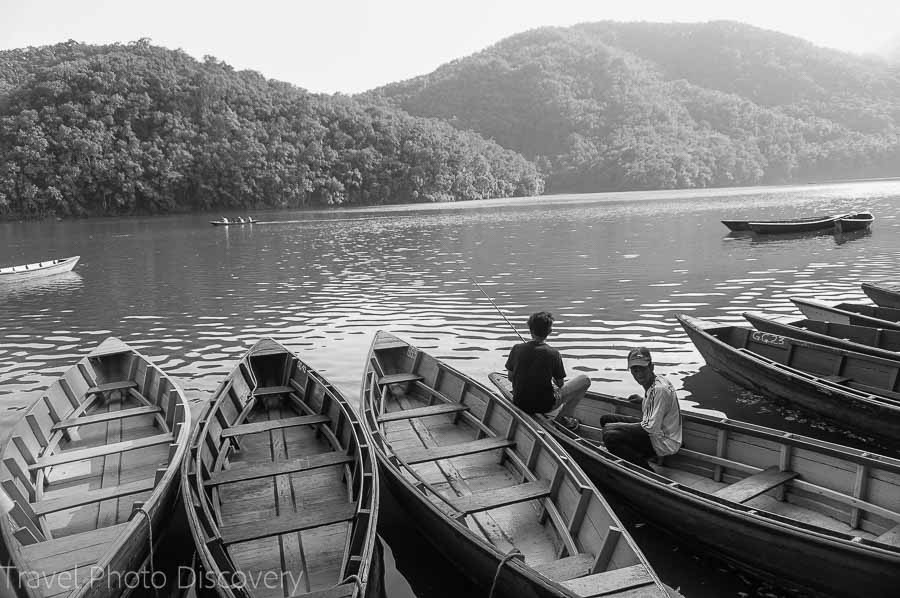
Fewa lake and boatmen for hire around Fewa lake at Pokhara
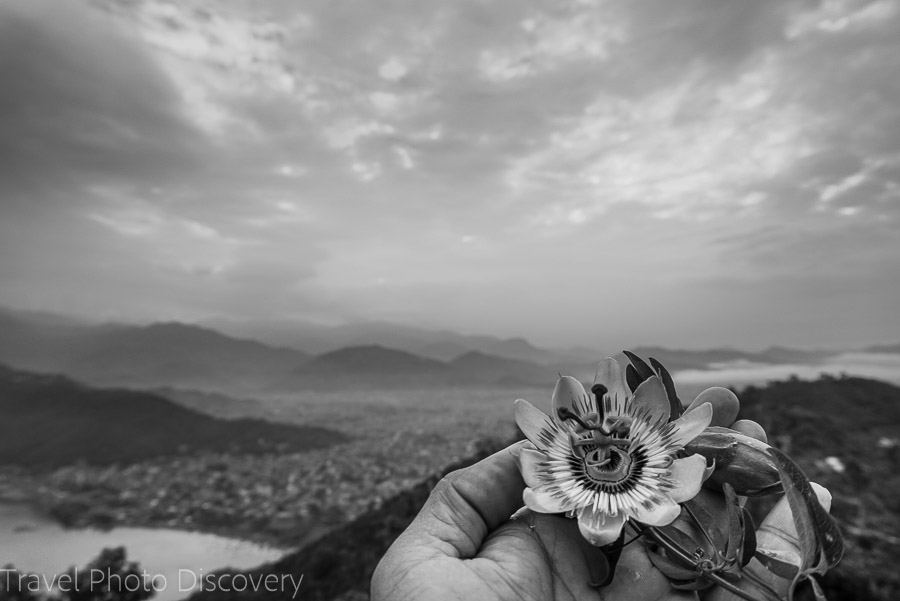
Enjoying the flowers views of Pokhara from above at the World Peace Pagoda
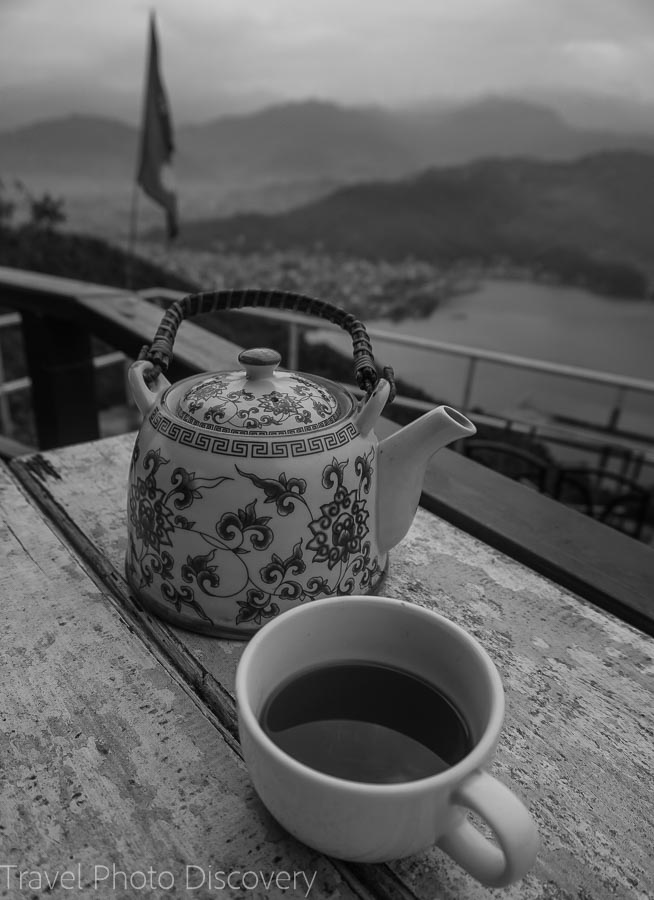
Enjoying tea while waiting for sunrise at the World Peace Pagoda above Pokhara
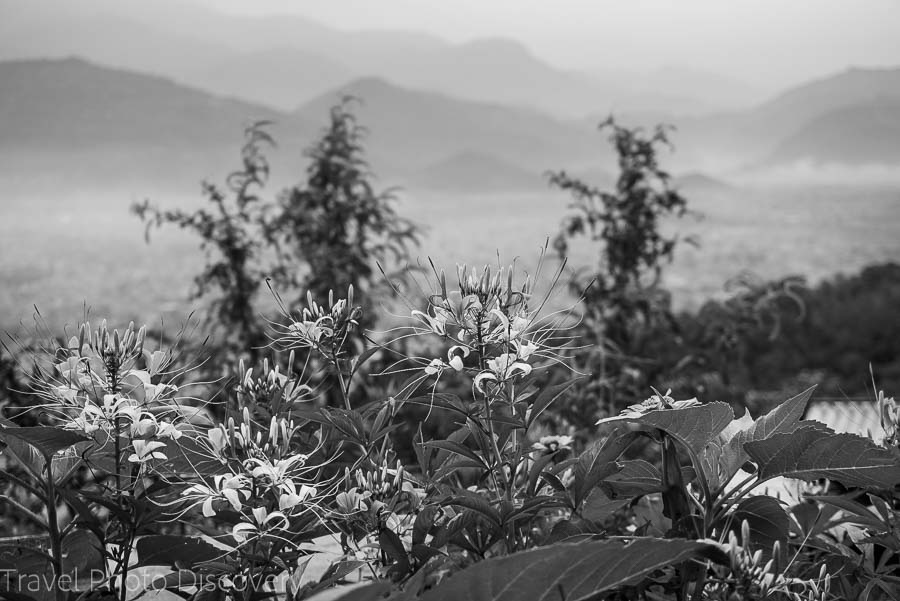
Beautiful gardens and views at the World Peace Pagoda above Pokhara
Best way to travel around Nepal
The best way to travel around Nepal depends on your preferences, budget, and the destinations you plan to visit. Here are some common transportation options for getting around Nepal:
Domestic Flights: If you’re short on time or want to reach remote areas quickly, domestic flights are a convenient option. Nepal has several domestic airlines offering flights between major cities and popular tourist destinations like Pokhara, Bharatpur, and Lukla (gateway to Everest region). Flights provide stunning aerial views of the Himalayas, but it’s important to note that weather conditions can sometimes affect flight schedules.
Tourist Buses: Tourist buses are a popular mode of transportation for both long and short distances in Nepal. They operate between major cities and tourist destinations, offering comfort and affordability. Tourist buses are equipped with reclining seats and often provide panoramic windows for scenic views during the journey. However, travel times can be longer due to road conditions and traffic.
Local Buses: Local buses are the most common and economical means of transportation in Nepal. They connect various towns and villages, allowing you to experience the local way of life. While local buses can be crowded and less comfortable than tourist buses, they provide a more authentic travel experience. Be prepared for longer travel times, frequent stops, and sometimes challenging road conditions.
Taxis and Private Cars: Taxis and private cars are available in cities and can be a convenient option for shorter distances or when you prefer more privacy and flexibility. Negotiate the fare with the driver beforehand or use a metered taxi. It’s advisable to choose licensed taxis or hire through reputable companies for safety and reliability.
Motorbikes and Bicycle Rentals: In some tourist areas, you can rent motorbikes or bicycles to explore at your own pace. This option offers flexibility and the freedom to discover off-the-beaten-path destinations. However, ensure you have the necessary driving or cycling skills and take necessary precautions, especially on mountainous roads.
Trekking: If you plan to embark on a trekking adventure in Nepal, you’ll generally travel on foot with the support of experienced guides and porters. Trekking routes are well-established, and accommodations are available along the trails.
It’s worth noting that Nepal’s road infrastructure can vary, and some regions may have challenging or unpaved roads. Additionally, road travel can be affected by weather conditions, landslides, or road closures, especially during the monsoon season.
Tips in Capturing Nepal successfully in Black and White
Capturing the essence of Nepal in black and white photography can result in stunning and evocative images. Here are some tips to help you capture the beauty of Nepal in black and white:
Focus on Contrast: Black and white photography relies heavily on contrast to create impact. Look for scenes that have a strong contrast between light and dark elements. The interplay of light and shadows can add depth and drama to your images.
Emphasize Textures: Nepal is known for its rich textures, from the intricate details of traditional architecture to the rugged terrain of the Himalayas. Use black and white photography to highlight these textures by paying attention to the patterns, lines, and details that make them stand out.
Utilize Different Lighting Conditions: Experiment with different lighting conditions to create unique black and white images. Soft, diffused light can bring out the subtleties of the landscape, while harsh light can add a sense of drama and intensity. Consider shooting during golden hour (early morning or late afternoon) for warm, soft light, or try long exposures to capture movement in the clouds or water.
Look for Strong Subjects: Nepal offers a wealth of strong subjects that lend themselves well to black and white photography. From ancient temples and monasteries to vibrant street scenes and the majestic Himalayan peaks, seek out subjects that have a strong visual impact and can tell a story even without color.
Experiment with Composition: Composition plays a vital role in black and white photography. Explore different angles, perspectives, and framing techniques to create visually compelling images. Pay attention to leading lines, symmetry, and the rule of thirds to create a well-balanced composition.
Post-Processing: Post-processing is an essential step in black and white photography. Use editing software to adjust the contrast, tones, and levels to achieve the desired look and feel. Experiment with different conversion techniques, such as using filters or applying selective adjustments to specific areas of the image.
Remember, black and white photography allows you to focus on the fundamentals of light, composition, and texture. By paying attention to these elements and capturing the unique spirit of Nepal, you can create powerful and captivating black and white images that truly reflect the beauty of the country.
Final thoughts
As you can see Nepal is a very chaotic but exciting place to visit and filled with photo opportunities and you get a different perspective presenting Nepal in Black and White. When you try to focus and eliminate the vivid colors of Nepal and pare it down to the basic elements of black and white, what you end up with is the rich taspestry of incredible patterns, smiling faces, exotic temples and the truly gorgeous landscape of the country. I hope this post has inspired you to visit Nepal some day or to even try creating or experimenting with black and white imagery and composition for your travel photography.
Check out these other posts on visiting Nepal
Buddha’s birthplace at Lumbini
A visit to Chitwan National Park
If you enjoyed the post, please pin it
Conclusion to Nepal photography in black and white
Capturing Nepal in black and white photography offers a unique and artistic perspective on the country’s beauty. By focusing on contrast, textures, lighting, and strong subjects, you can create compelling images that tell a captivating story. Nepal’s diverse landscapes, rich cultural heritage, and dramatic elements provide ample opportunities to experiment with composition and evoke emotions through black and white imagery. With careful attention to detail and thoughtful post-processing, you can capture the essence of Nepal in black and white photographs, preserving its unique charm and creating timeless visual representations of this remarkable country.
Thanks for visiting today and checking out this post on the Nepal photography in black and white, if you enjoyed the images and post, could you please share it with any of the social media buttons located around the post.
If you like what you see, come and check out my other social media channels for more updates, including Instagram, Pinterest and Twitter

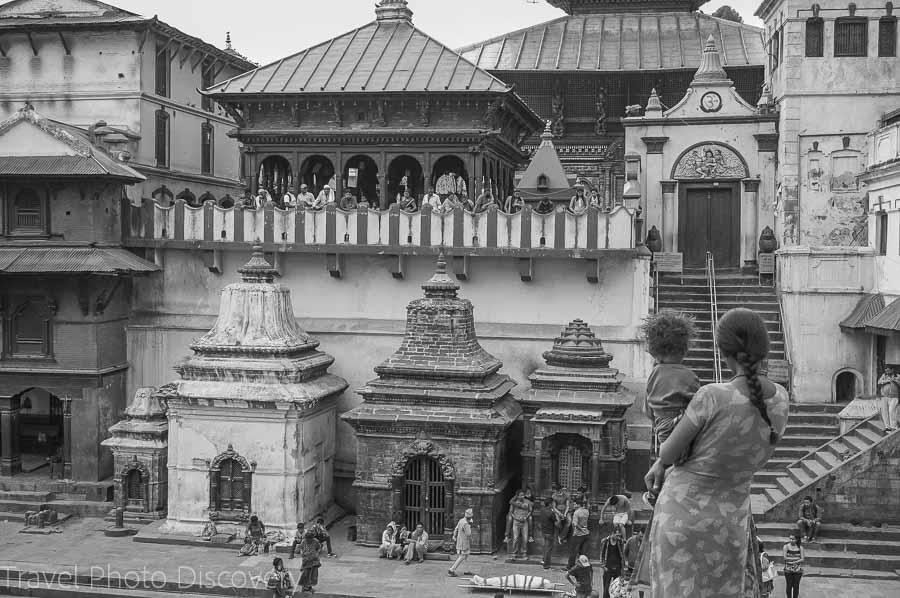
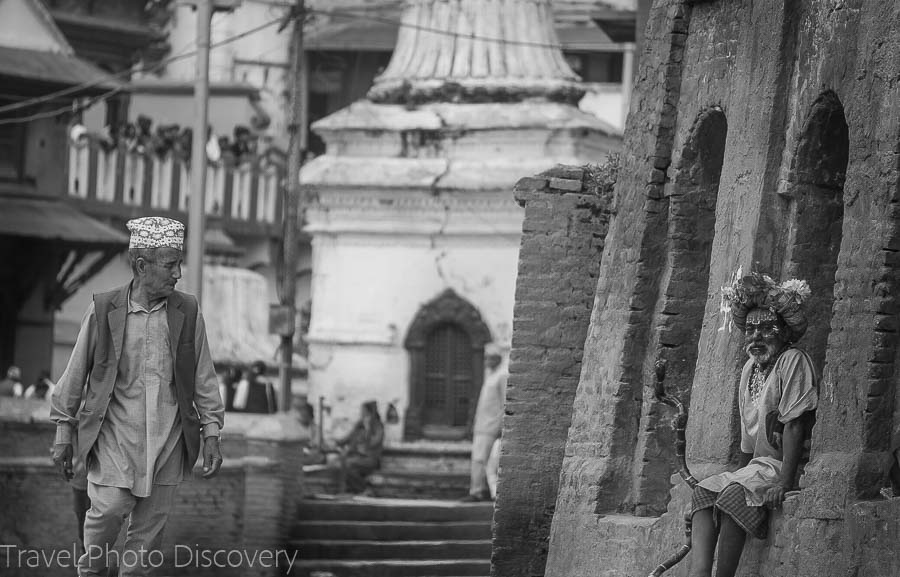
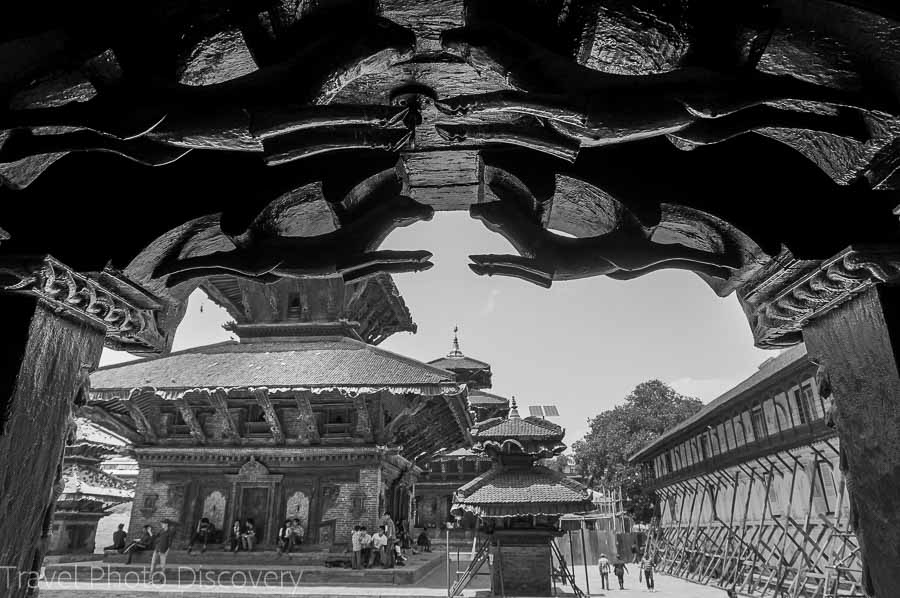
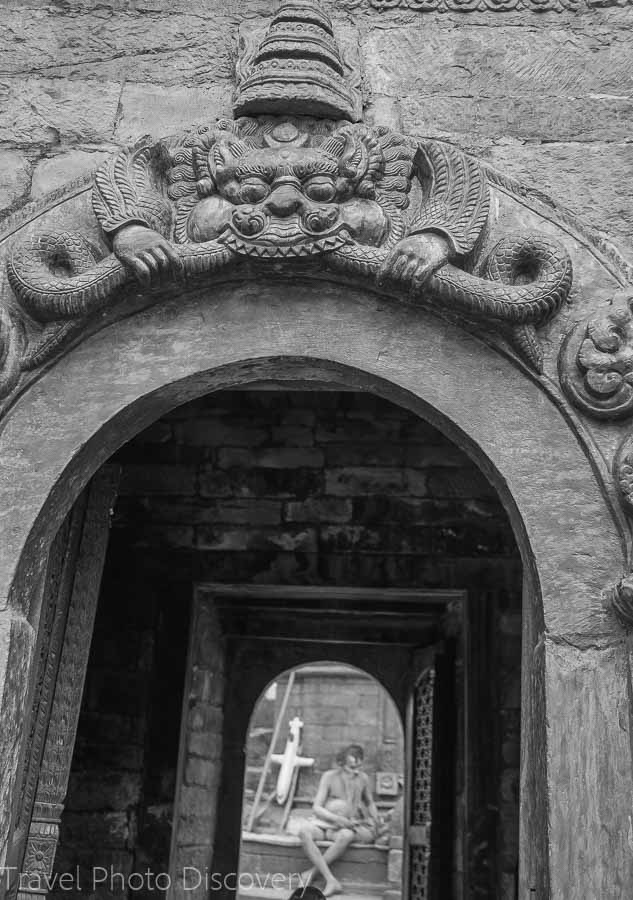
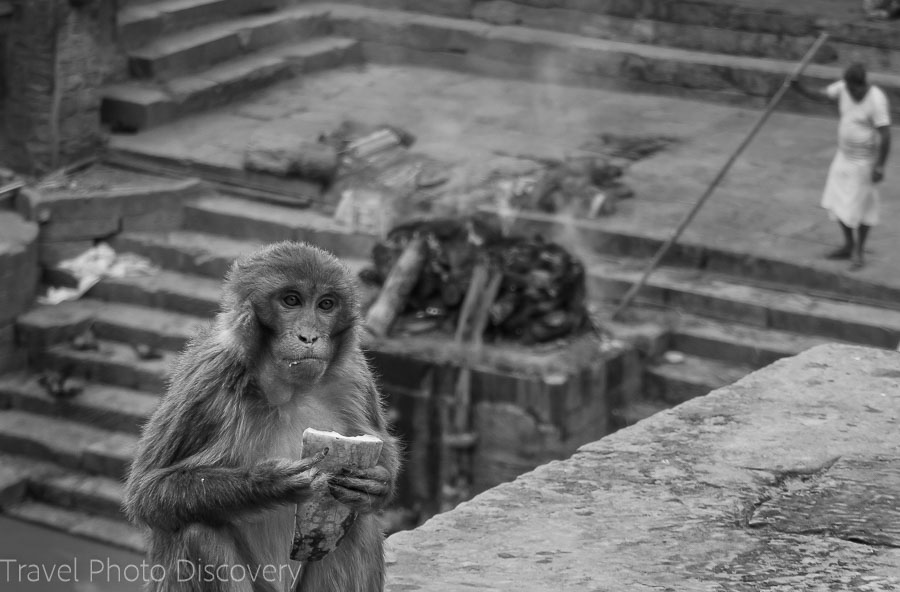
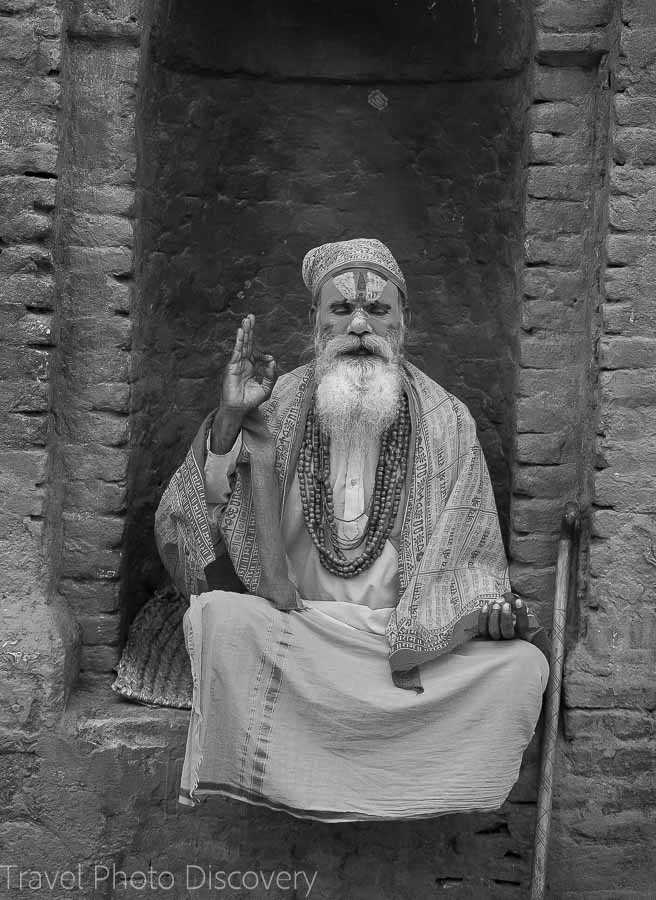
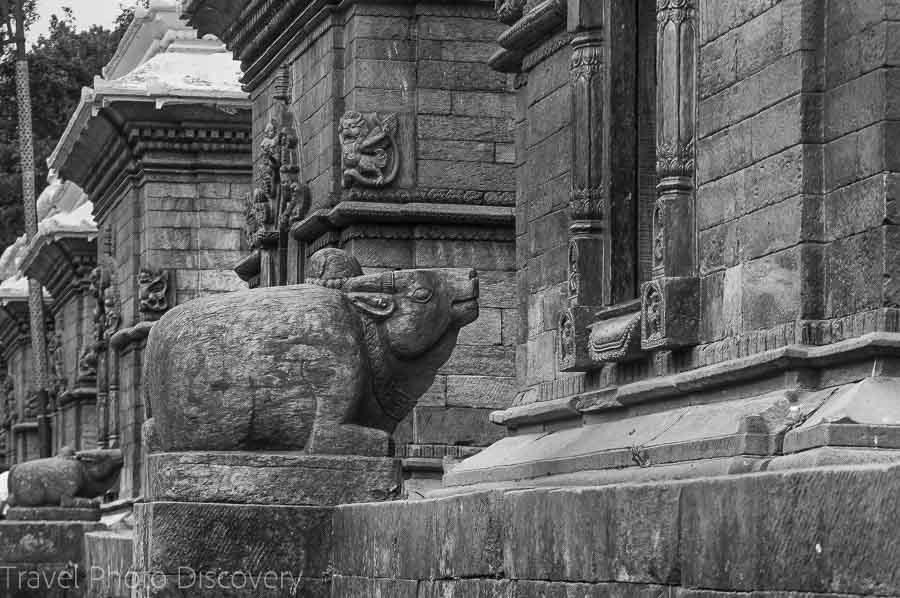
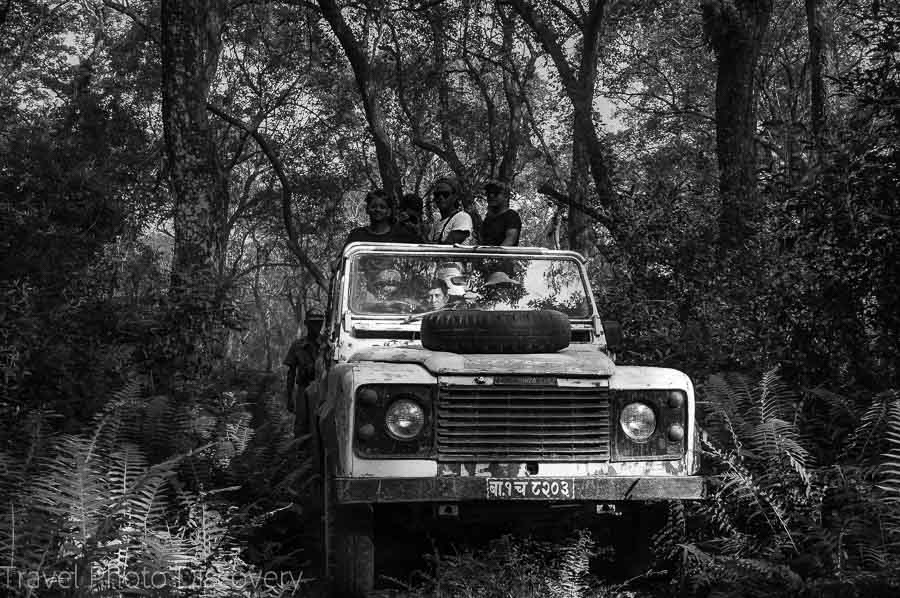
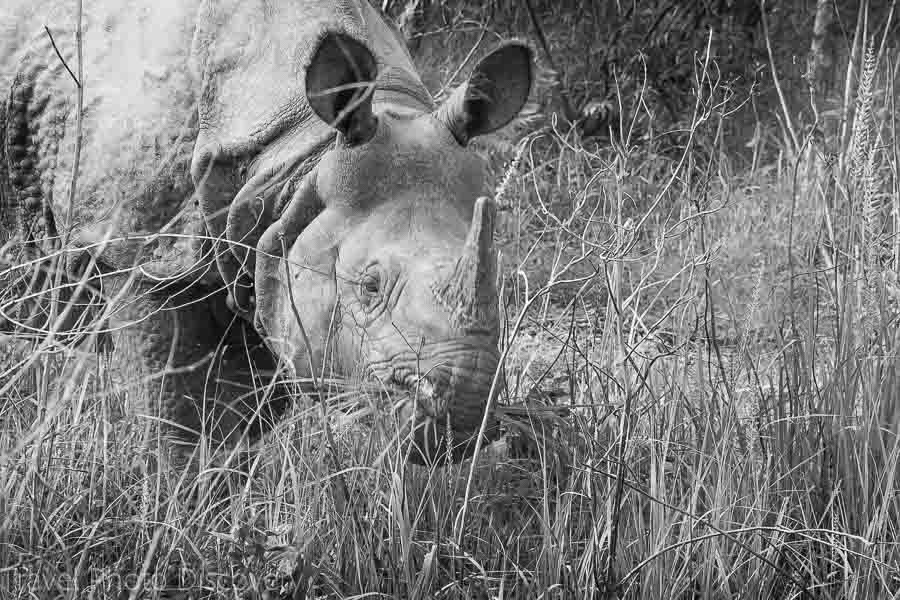
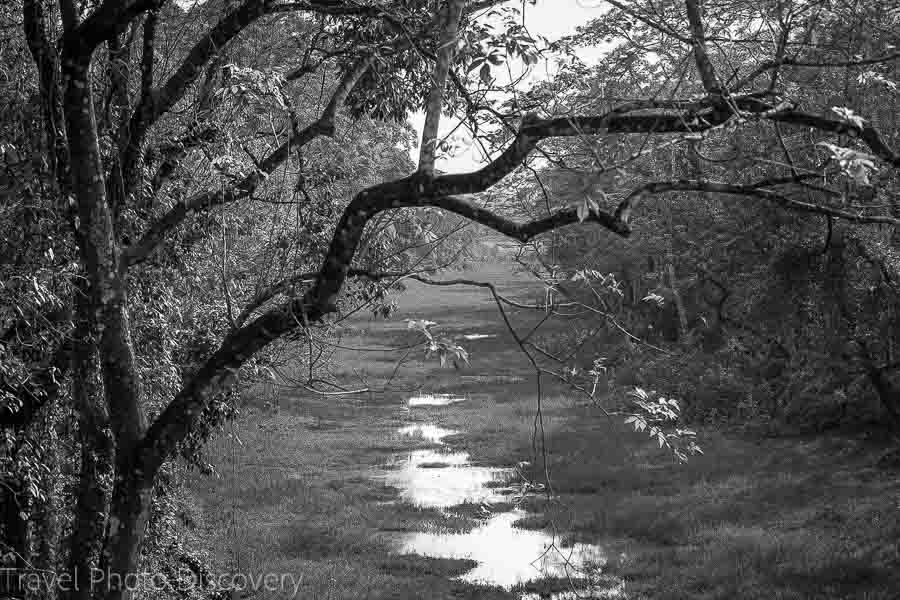
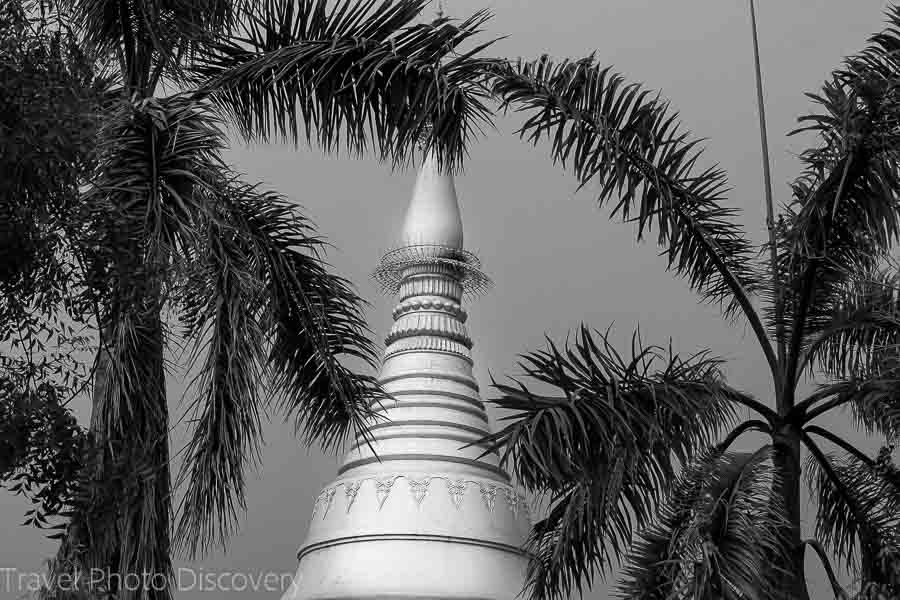
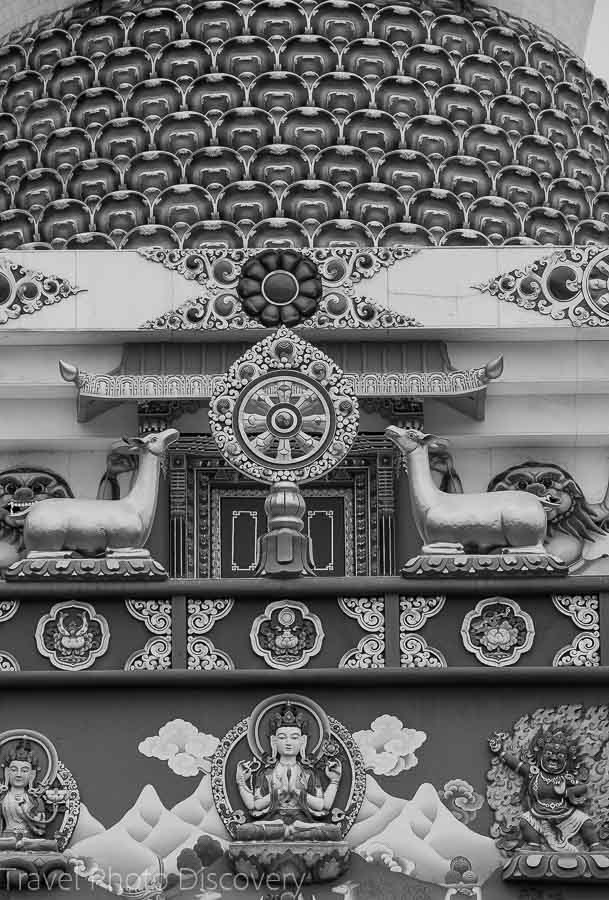
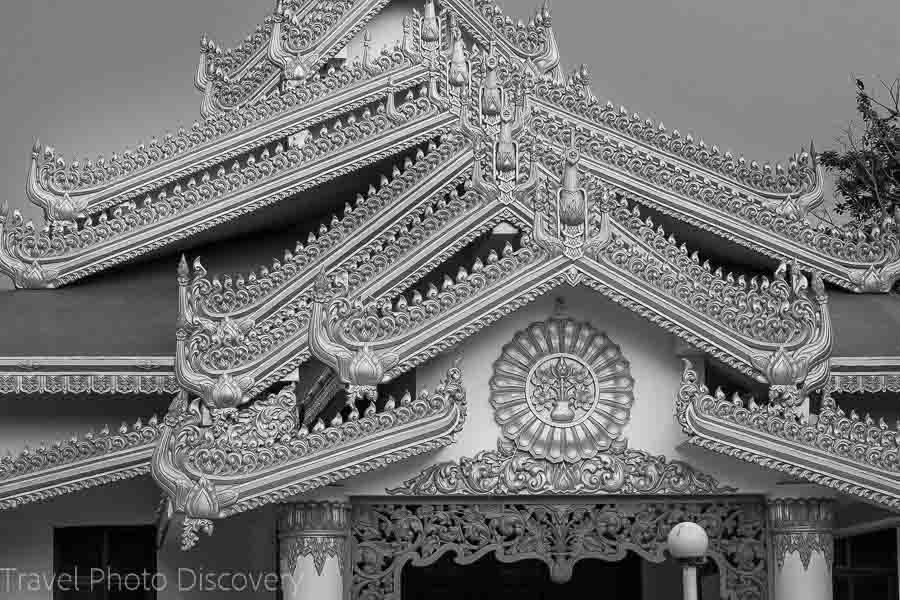
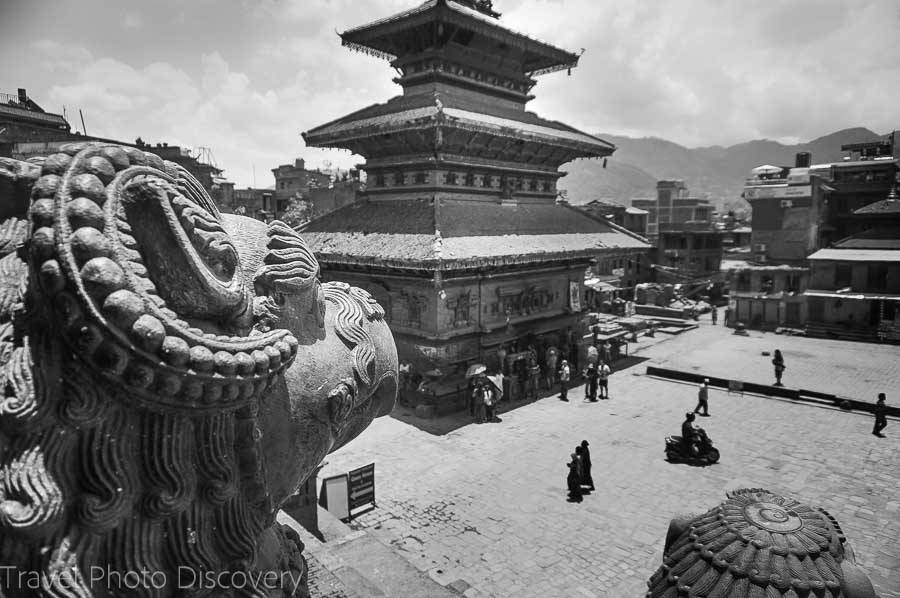
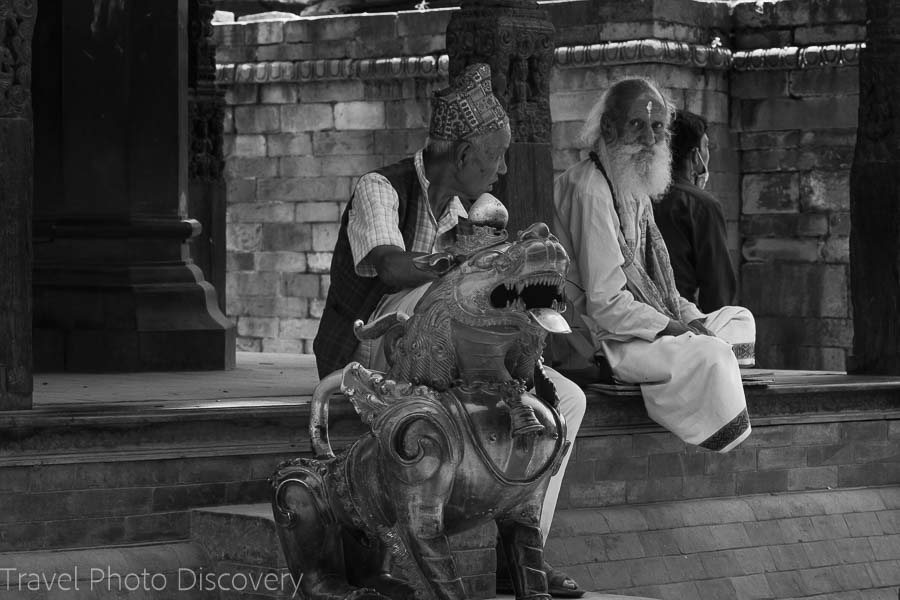
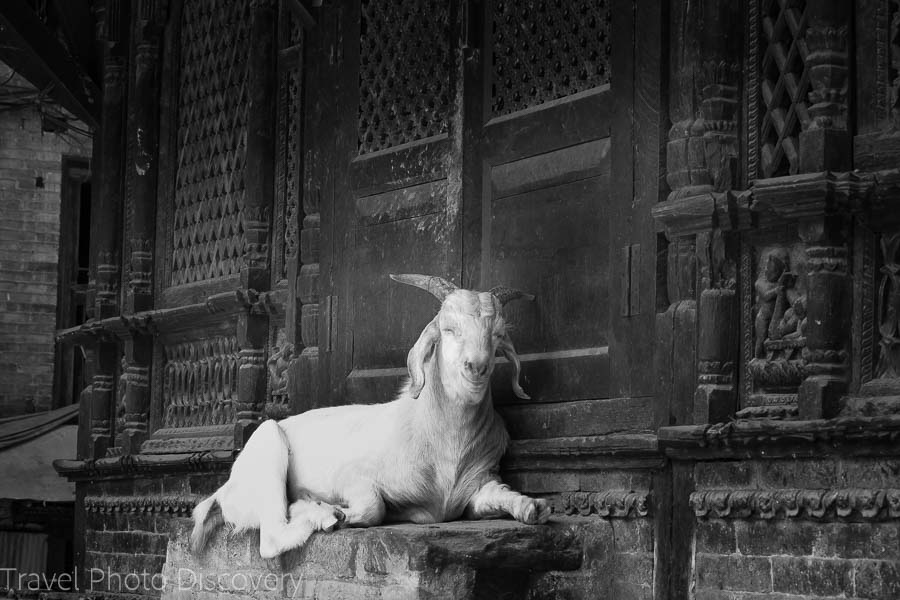
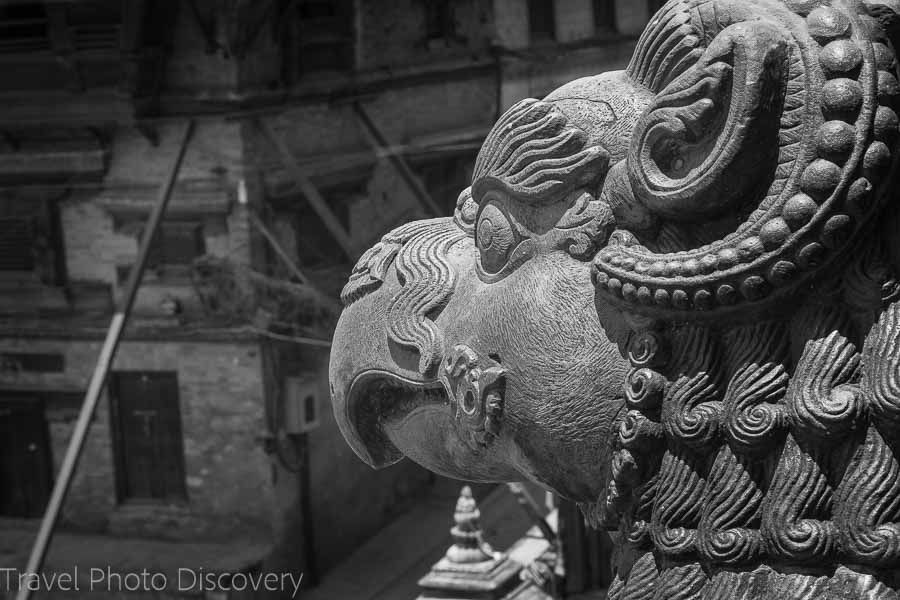
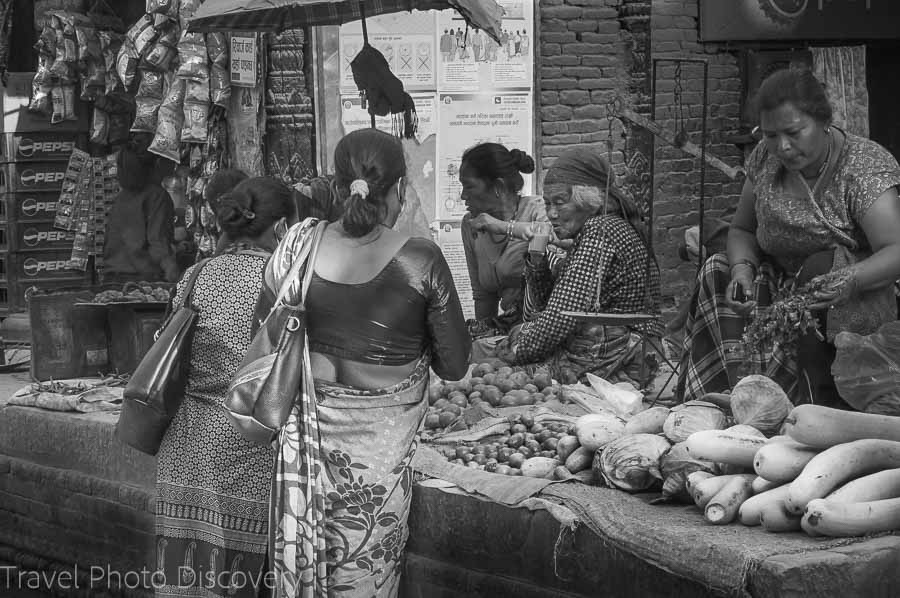
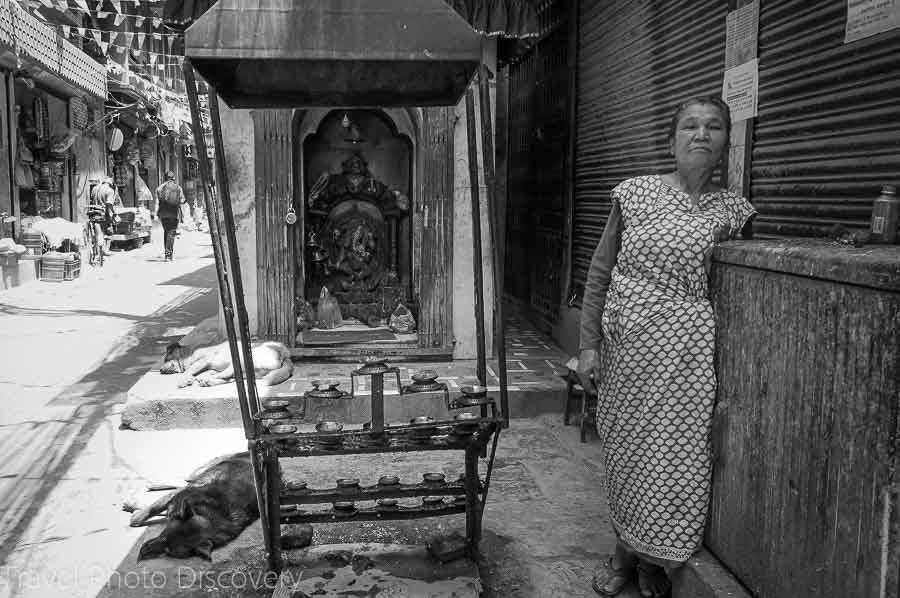
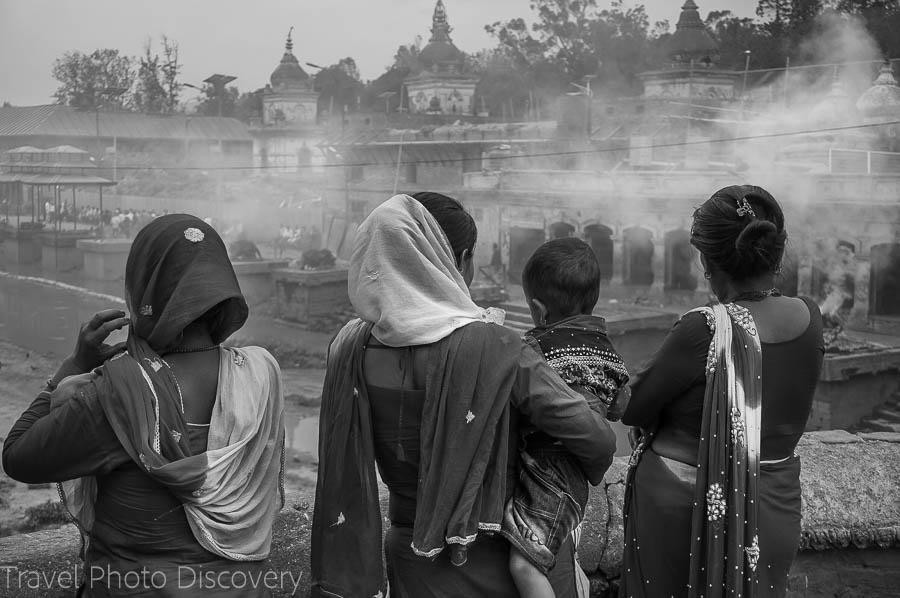
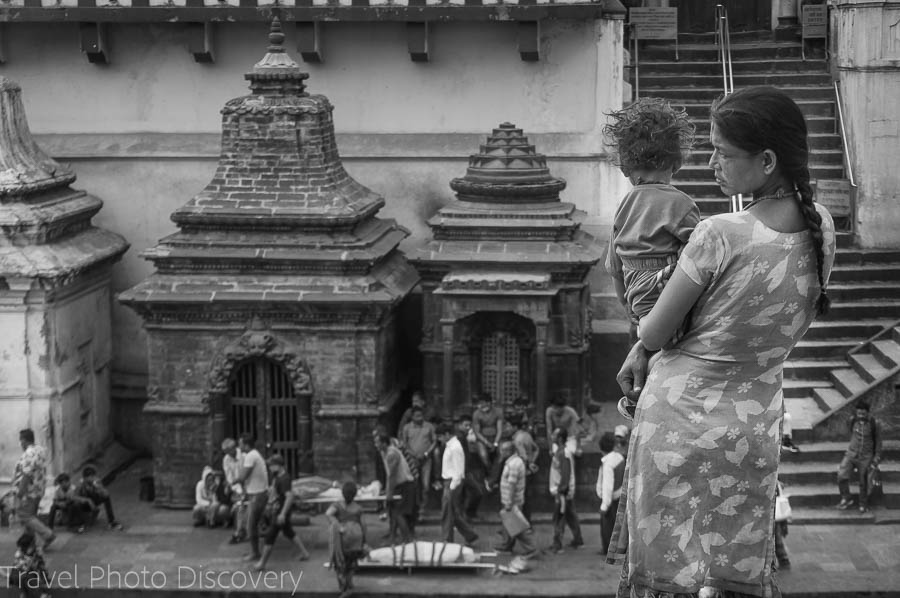
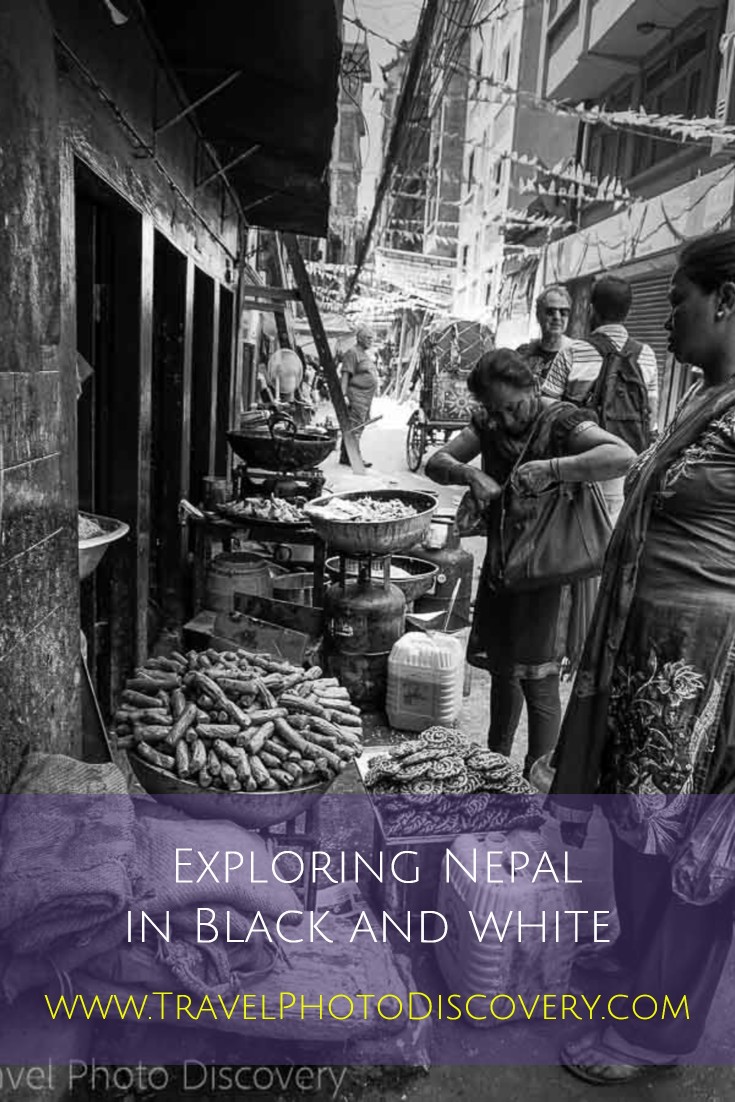

Your photos turned out amazing- I love black and white photography. It was so cool reading through this knowing I had been at several of these when you were taking them!
Yes I agree, it is fun traveling with someone else to see what spin, imagery or writing they did and how they were inspired personally on this experience.
Katmandu architectural design looks amazing and witht he bkack and white photography brings up the every detail design. And what a great way to stop and take in the scenic views with a cup of tea.
Fantastic and inspiring photos, Noel! I usually like B&W photography, especially for street life and some architectural ruins. But in Nepal I am missing its colorful flags for example or the green of its landscapes. I think that in the end I would choose a mix of color and B&W
You have such beautiful photos from Nepal – black and white definitely takes a lot of the chaos out of the scene, and allows you to appreciate the sights from a different perspective.
Thanks so much Meg, appreciate it!
I love these – the B/W makes the viewer really stop and look the image in a way that doesn’t happen with color. Really lovely.
Wow, really beautiful photography. I’m sure the colours around you were amazing, but I agree with the others that black and whites just give a different dimension to the photos. Fantastic work. I’m quite impressed!
Amazing pictures! Born and raised in Nepal, I have always seen it in color but this adds a whole new perpective to it. Simply amazing.
I like the way B&W brings out the textures that might otherwise be softened by all the colour. The temples in Nepal are a good candidate for this technique.
Love all these captures! I truly loved the black and white, I focused in on the people and culture
Seeing these images has only attracted me more and more to wanting to go to Nepal. Fantastic photos of a beautiful country.
You captured all these really well. I struggle with working on black and white yet yours turned out so alive despite being black and white. You are really good.
thanks, it just takes practice, check out my post on black and white basics for a primer
Wow! These are truly wonderful and sublime photos of Nepal! You really got an eye for details, Noel!! Thank you so much for sharing this post!
I love black and white photography. There is always some parts of a photo when done in colour the eye misses out but can easily be pointed out in a B&W. I also love the photos of Nepal here, a great insight in the locals captured.
Black and white images give another perspective of Nepal. Awesome photos, Noel!
Thanks so much for commenting Kathleen, I appreciate it.